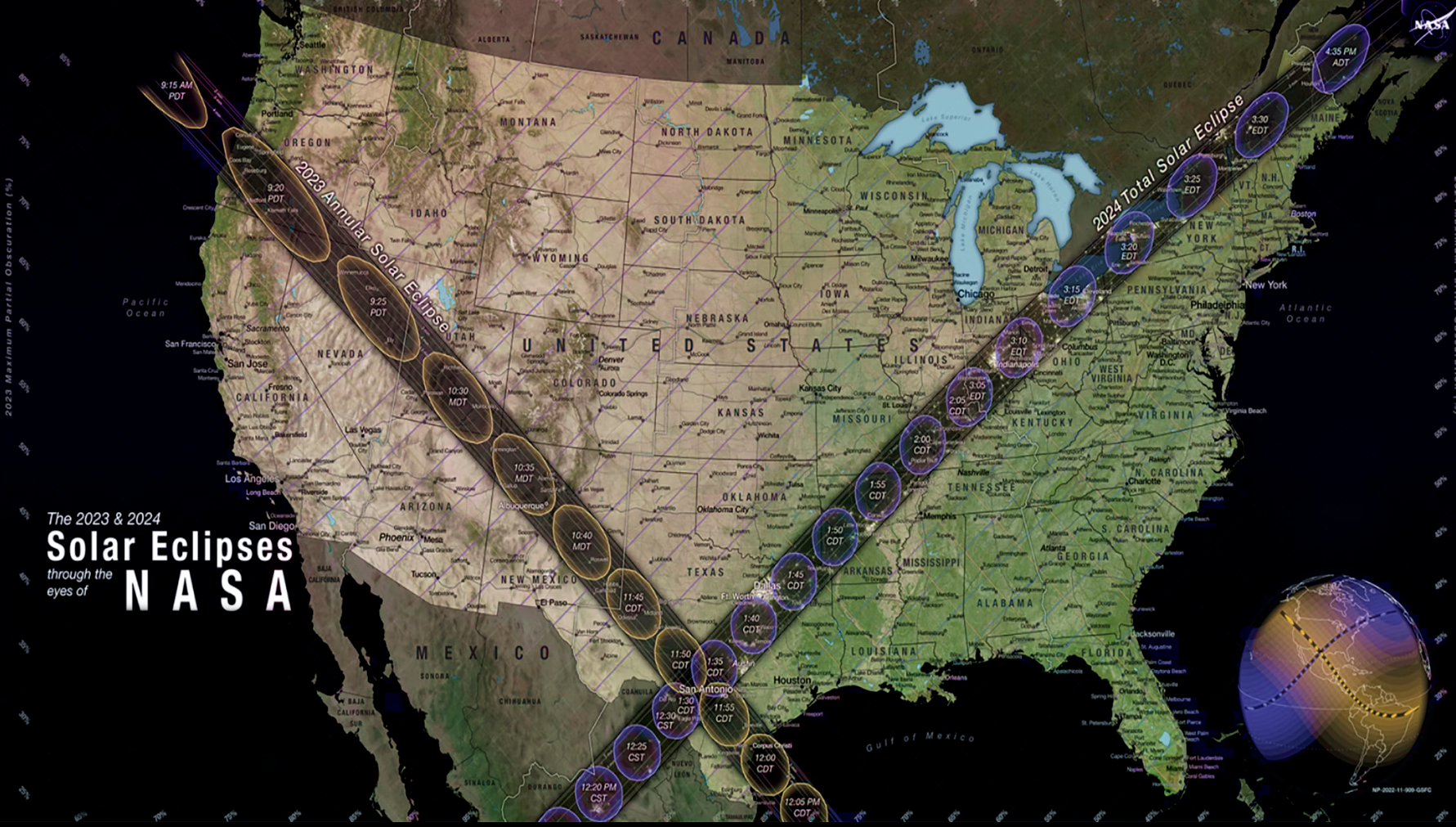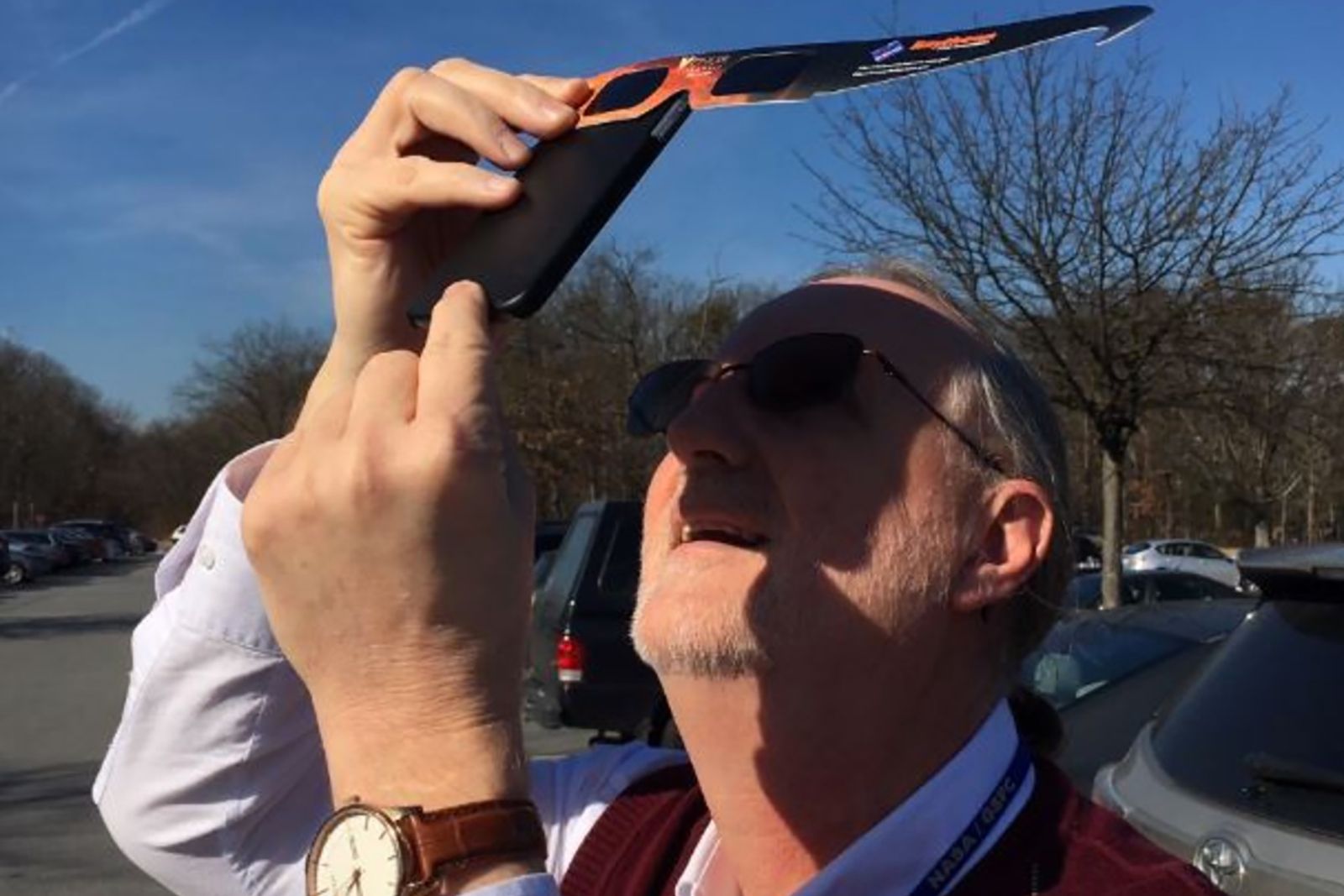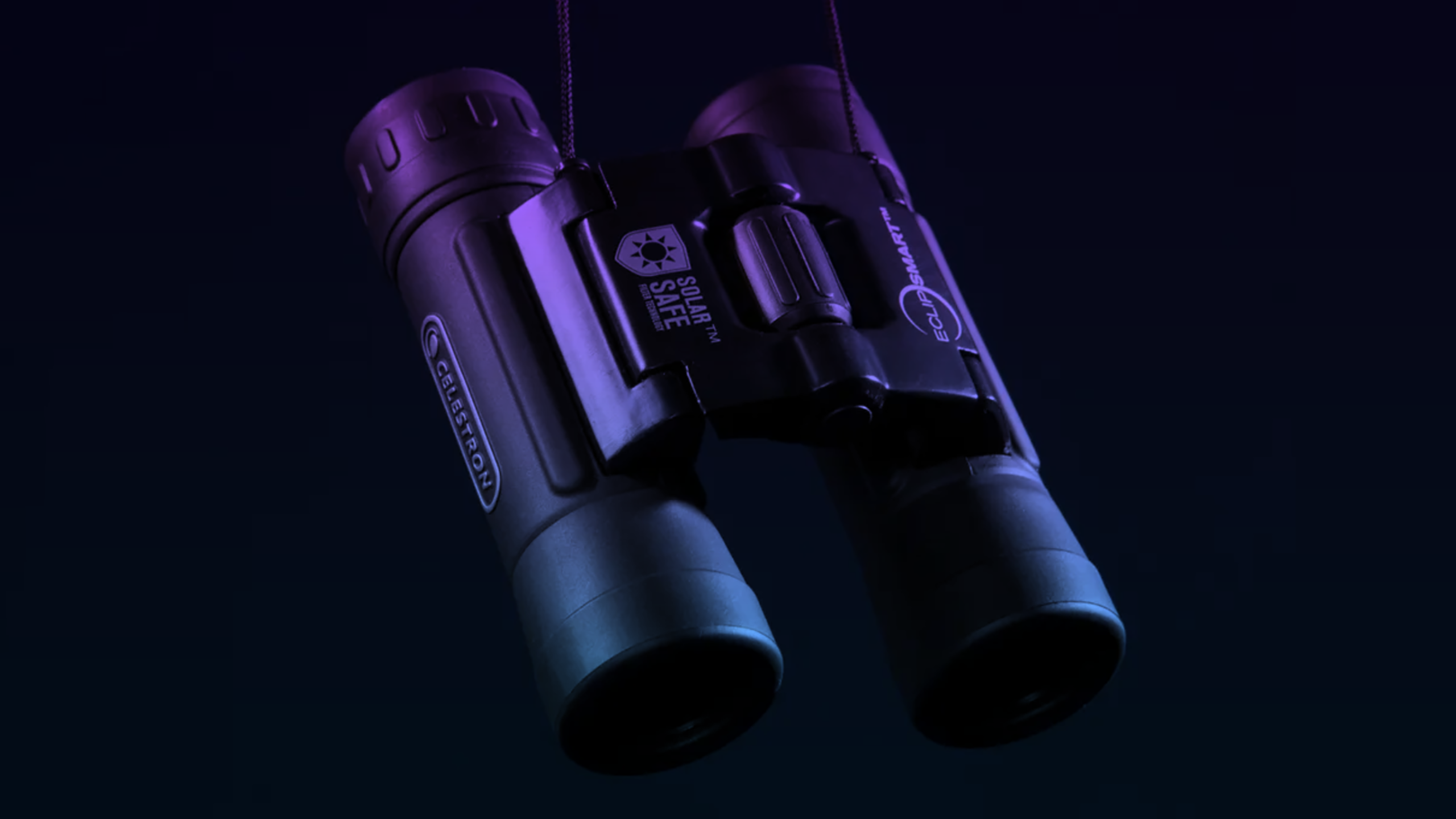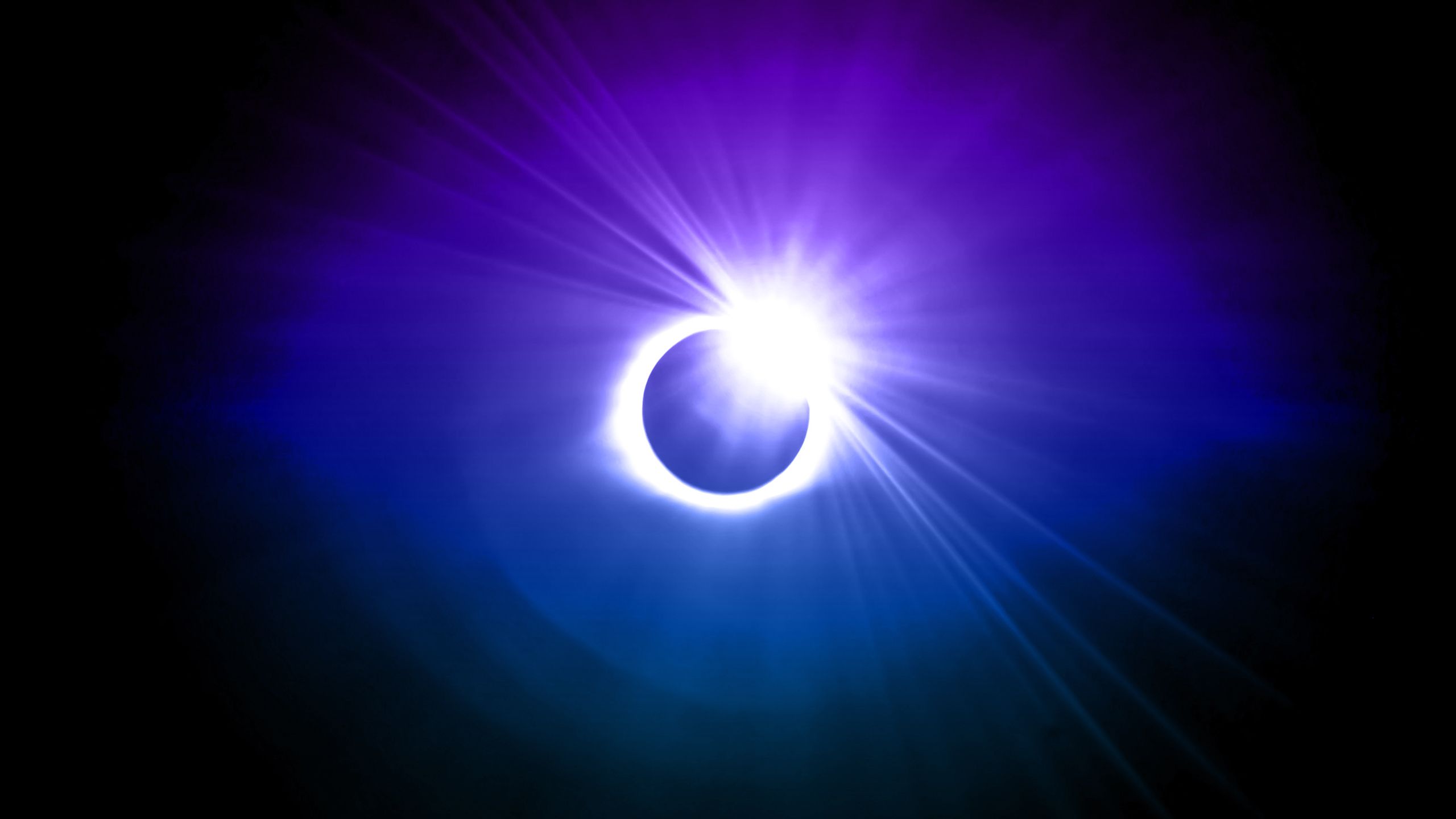Key Takeaways
- A total solar eclipse is set to span North America on April 8.
- The eclipse path will start in Mexico and ends in Canada. Eclipse glasses are essential for eye protection during viewing.
- Here’s an interactive map to catch its path, plus our pick of the best glasses — and gadgets — for watching it safely.
Next month, a solar eclipse will span the North American continent and block out our Sun.
The total solar eclipse will begin on Mexico’s Pacific Coast and travel across North America into southeast Canada. Solar eclipses aren’t exceedingly rare. They take place every 18 months on average, but in the last 100 years, there’s only been a handful of eclipses that have crossed a large section of North America, and none spent more time on the North American continent than the next eclipse will. This makes this upcoming celestial event a once-in-a-lifetime opportunity to see one of the most truly mesmerizing phenomena on Earth.
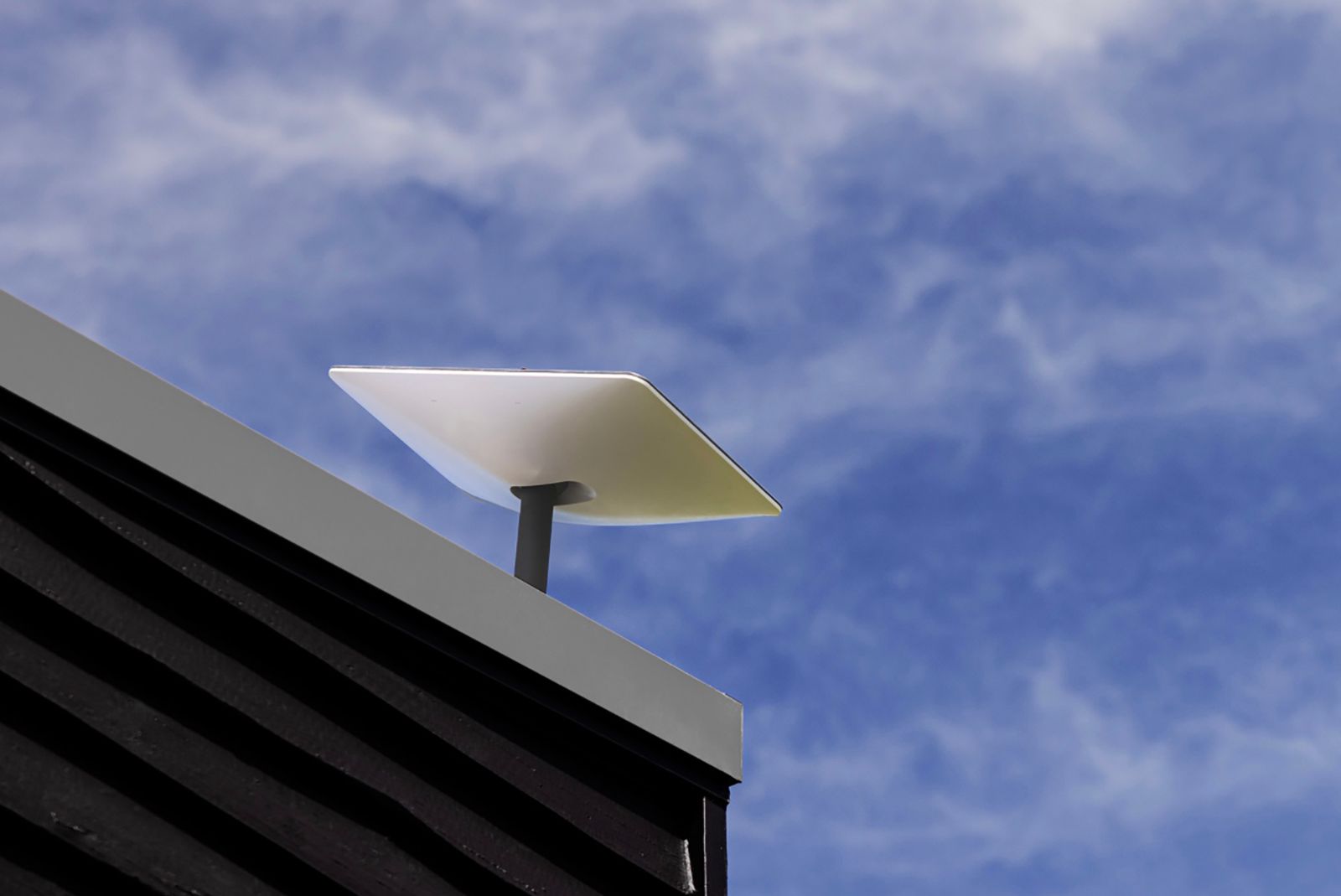
How fast is Elon Musk’s Starlink internet service?
The company behind Speedtest.net has used its vast pool of data to find out exactly how Starlink stacks up to the competition around the world.
You’ll need to be prepared if you’re planning on catching the eclipse. That includes special glasses or gadgets to help protect your eyes from the sun’s light.
When is the 2024 solar eclipse?
Path of totality for the solar eclipse
NASA
The eclipse will start over the Pacific Ocean, becoming visible on the Mexican shoreline near Mazatlan at 11:07am PDT locally or 2:07pm EST. From there the eclipse will slowly work its way across North America, crossing into the US at 1:27pm CDT or 2:27pm EST.
How long the eclipse will be viewable depends on how close you are to the center of the path of totality. If you’re smack in the center of the path of totality, you can experience the eclipse for up to four minutes. The further away from the center you get, the shorter the total eclipse will be until you won’t be able to see the total eclipse, but a partial eclipse instead. You can use the map below to see where exactly the total eclipse will be visible from.
Solar eclipse interactive map
The red line shows the center of the path of totality, while the yellow lines show the furthest out that you’ll be able to see the full solar eclipse.
Solar eclipse times
Before we get into times, there’s one other factor when it comes to catching the eclipse: the weather. Clouds or rain can stop you from being able to catch any glimpse of the eclipse at all. That’s why experts are in agreement. The best chance of seeing the eclipse is actually in the southwest, where cloud coverage is less common than in the northeast. Here’s a breakdown of all the major cities along the path of the eclipse and how long they’ll experience the event.
|
City |
Time of Eclipse |
Duration of Eclipse |
|---|---|---|
|
Mazatlán, Mexico |
11:07 AM CST |
4m 26s |
|
Durango, Mexico |
11:30 AM CST |
4m 25s |
|
Torreón, Mexico |
12:00 PM CST |
4m 27s |
|
Dallas, Texas, USA |
01:34 PM CST |
3m 49s |
|
Austin, Texas, USA |
01:36 PM CST |
3m 48s |
|
Fort Worth, Texas, USA |
01:38 PM CST |
3m 50s |
|
Arlington, Texas, USA |
01:39 PM CST |
3m 51s |
|
Killeen, Texas, USA |
01:41 PM CST |
4m 8s |
|
Little Rock, Arkansas, USA |
01:54 PM CST |
3m 58s |
|
Carbondale, Illinois, USA |
01:59 PM CST |
4m 9s |
|
Indianapolis, Indiana, USA |
03:06 PM CST |
3m 55s |
|
Columbus, Ohio, USA |
03:14 PM EST |
3m 48s |
|
Toledo, Ohio, USA |
03:15 PM EST |
3m 44s |
|
Erie, Pennsylvania, USA |
03:16 PM EST |
3m 40s |
|
Akron, Ohio, USA |
03:16 PM EST |
3m 46s |
|
Cleveland, Ohio, USA |
03:17 PM EST |
3m 51s |
|
Buffalo, New York, USA |
03:18 PM EST |
3m 47s |
|
Lansing, Michigan, USA |
03:18 PM EST |
3m 42s |
|
Rochester, New York, USA |
03:19 PM EST |
3m 34s |
|
Hamilton, Ontario, Canada |
03:22 PM EST |
3m 38s |
|
Burlington, Vermont, USA |
03:26 PM EST |
3m 27s |
|
Montreal, Quebec, Canada |
03:29 PM EST |
3m 34s |
|
Quebec City, Quebec, Canada |
03:32 PM EST |
3m 14s |
|
Fredericton, New Brunswick, Canada |
03:49 PM EST |
3m 24s |
|
St. John’s, Newfoundland and Labrador, Canada |
05:01 PM EST |
2m 33s |
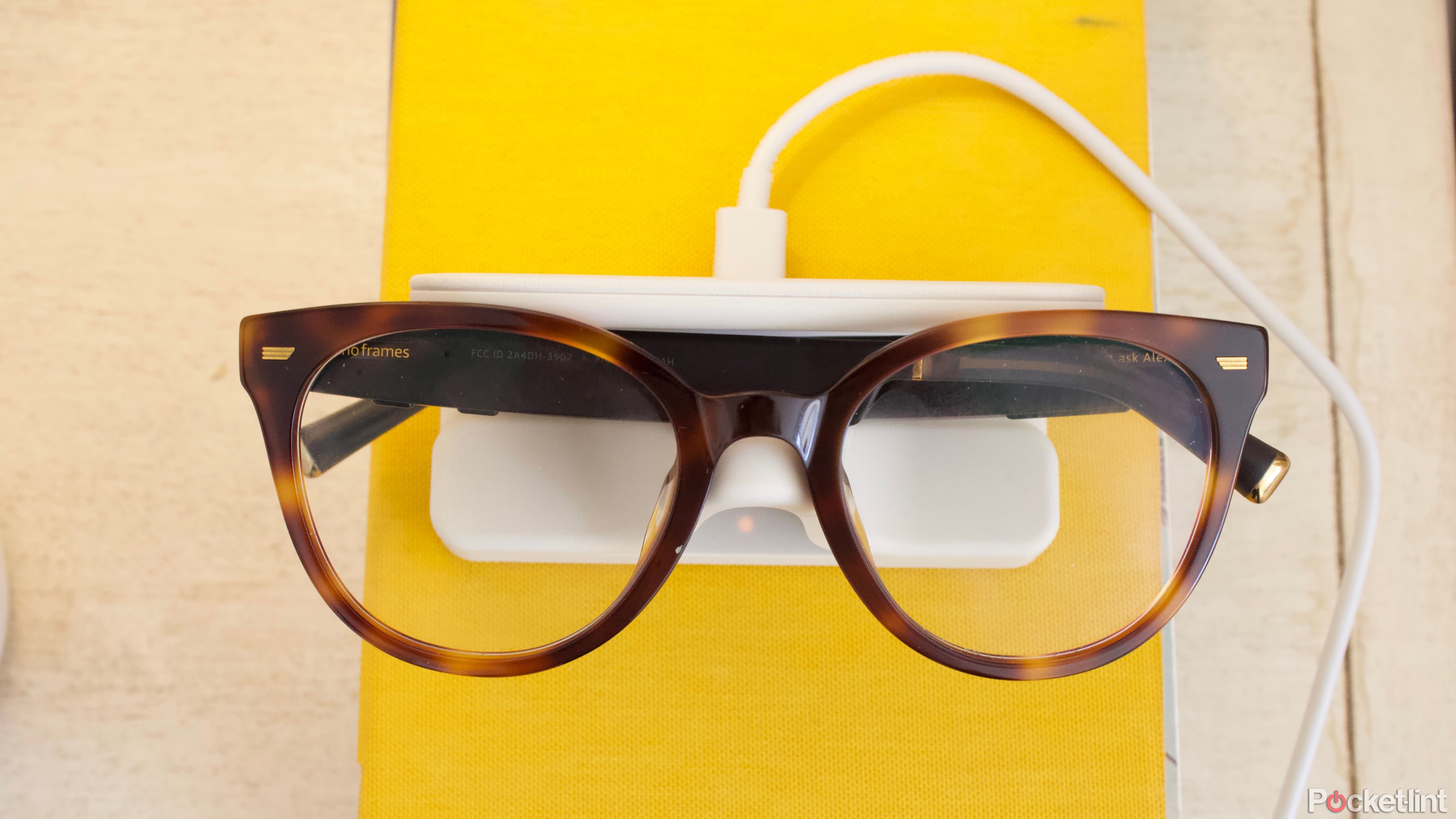
Best smart glasses: Clear vision and music to your ears
The best smart glasses offer UV and blue light protection along with safe, open-ear listening and even cameras.
Do you really need solar eclipse glasses?
Don’t look up (without protection)
Yes, according to NASA, To view any solar eclipse, you’ll need special glasses to protect your eyes from the sun’s intense light and infrared and ultraviolet radiation. Viewing an eclipse without eclipse eyewear can cause serious eye injuries including blindness and retinal burns. Eclipse glasses are designed to comply with ISO 12312-2, an international safety standard that ensures the glasses block enough of the sun’s rays while still making an eclipse observable.
Solar eclipse glasses worth buying
Where to buy solar eclipse glasses
Biniki
Finding the best eclipse glasses really comes down to price and style. You can find cheap eclipse glasses made of cardboard, usually in a 10-pack for under $15. If you’re looking for something a little more stylish, you can find eclipse glasses that are a little more expensive and look more like regular sunglasses.
Here’s a few of the best ISO 12312-2-compliant eclipse glasses at different price points:
-
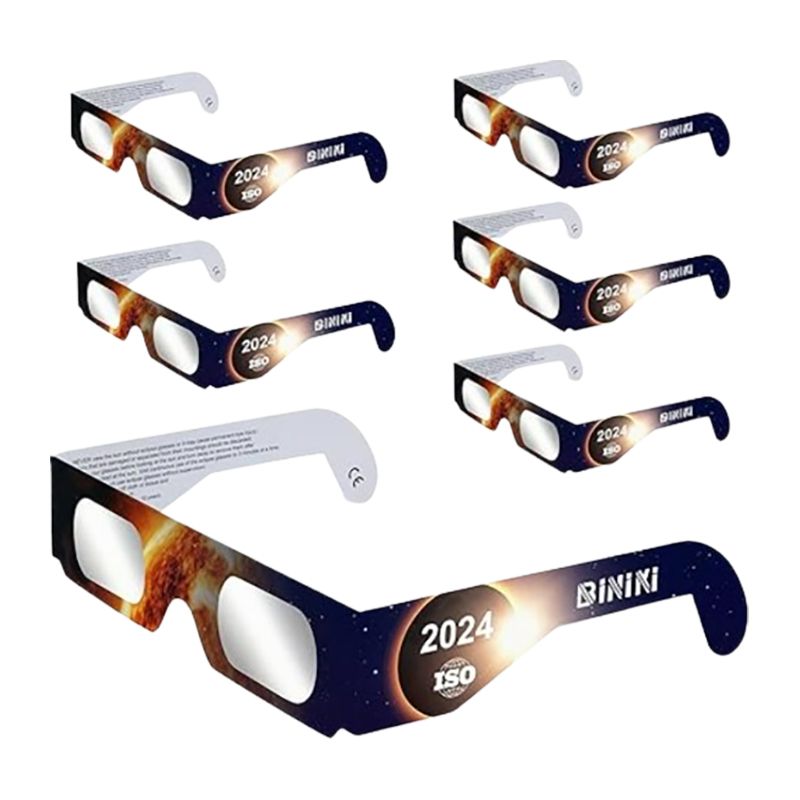
Biniki Solar Eclipse Glasses
If you’re hosting a party, or just want to make sure your whole family can see the eclipse, this six-pack of NASA-approved solar eclipse glasses is the best choice. Six glasses is enough for most families and at under $10, its a great deal on glasses you’ll probably never wear again.
Pros- Six-pack
- NASA approved
- Under $10
-
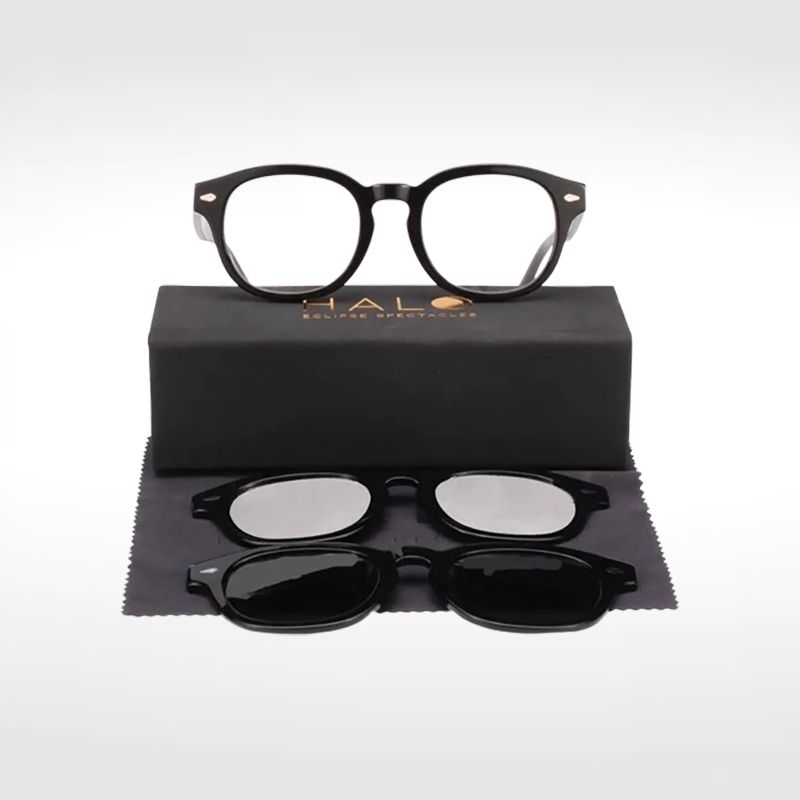
Halo Phoenix Noir 3-in-1 Solar Eclipse Viewing Glasses
Eclipse glasses you won’t just throw away. They’re a little more expensive, but you won’t just throw them away after the eclipse. The base frames of the glass filter blue-light. It comes with two clip-on frames, one pair of regular sunglasses and another for observing the eclipse.
Pros- Not just for the eclipse
- Base frames block-out blue-light
- 2 add-on lens, including one for the eclipse
-
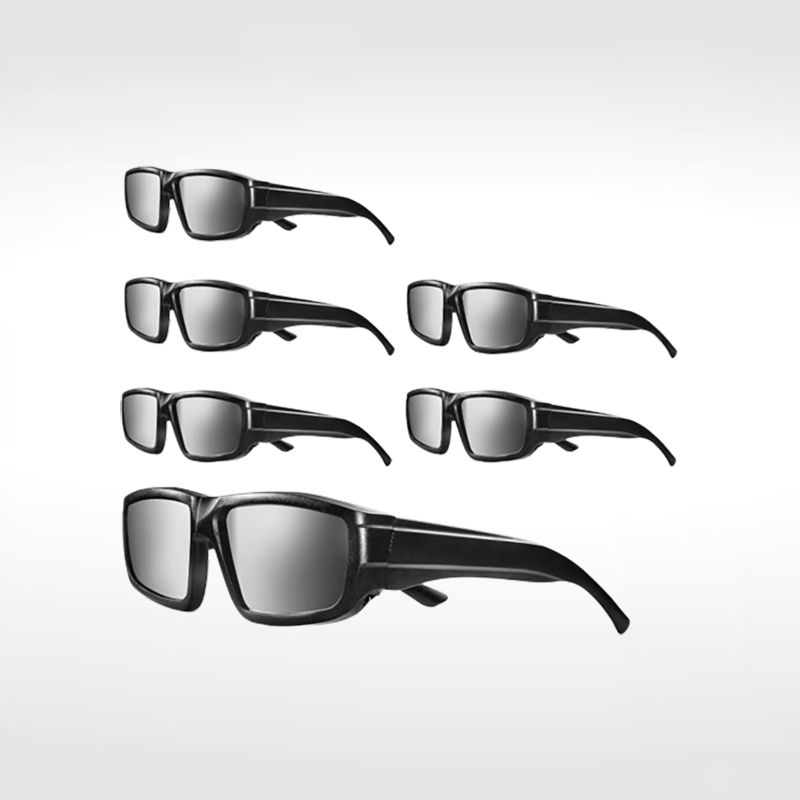
Medical King Solar Eclipse Glasses
Medical King’s six-pack of solar eclipse glasses are perfect if you’re looking for a compromise between cheap and stylish. They’re a matte black plastic finish, that makes them a little more adult-looking than the cardboard options.
Pros- Six-pack
- Includes a map of the eclipse’s path
Fun gadgets for watching the solar eclipse
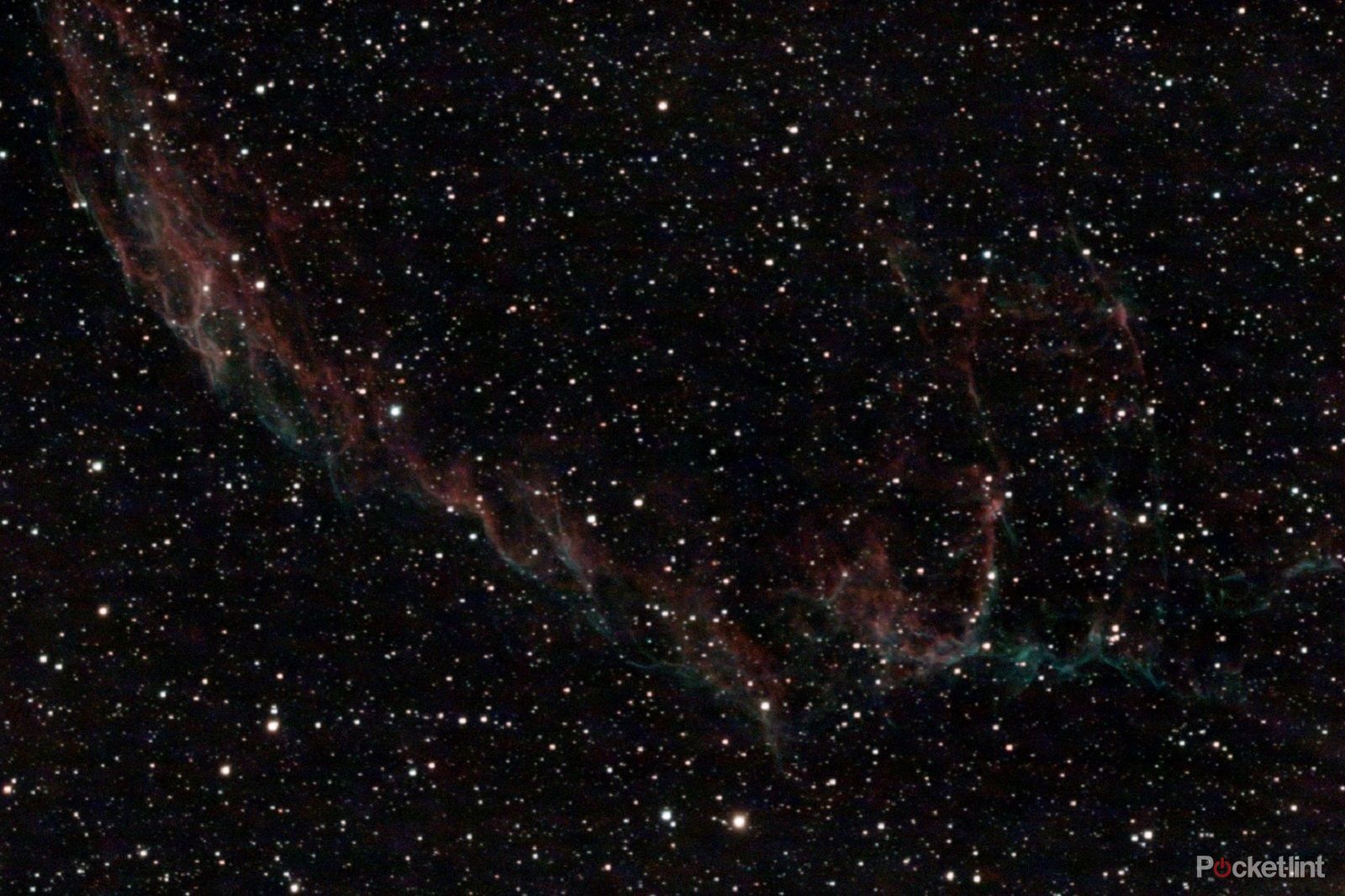
We tried a smart telescope and these are the awesome photos we captured
Stellina is a smart telescope that makes capturing views of the Universe around us really simple. Just a few clicks and you get awesome images like this.
Get an even better view of the eclipse
Celestron
Eclipse glasses aren’t the only way you can watch the moon block out the sun. There are ways you can get an even better view with telescopes and binoculars made specifically for viewing the eclipses. There’s also eclipse lenses if you already have a telescope. You can even get a specialized lens for your phone.
-

Celestron Solar Eclipse Telescope
$110 $130 Save $20
What could be better for observing an eclipse than a telescope designed for observing the sun. This telescope features built-in lenses for observing the eclipse, or just checking out sun spots. It also comes with a handy case for transporting and storing.
-
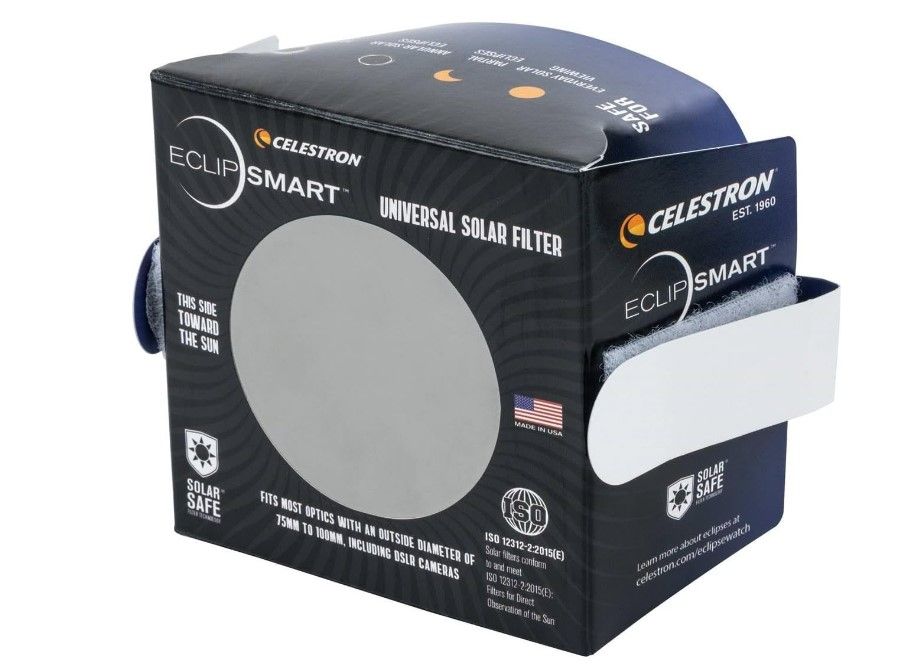
Celestron Solar Eclipse Telescope and Camera Filter
If you already have a telescope or are looking to do some photography of the eclipse you’ll need a ISO 12312-2:2015(E) certified lens. This one fits most telescopes and DLSR cameras, and best of all, it’s cheaper than buying a dedicated telescope.
Pros- Great option if you already have a telescope
- Also works with DLSR cameras
-

Eclipsmart Solar Eclipse Binoculars
It’s important to remember the eclipse only lasts four minutes at most. Binoculars are easier to handle than a telescope, and can be passed around so larger groups can easily get a closer look at the eclipse. It has a rubber coated aluminum body making it perfect for kids.
Pros- Cheaper option
- Great for parties
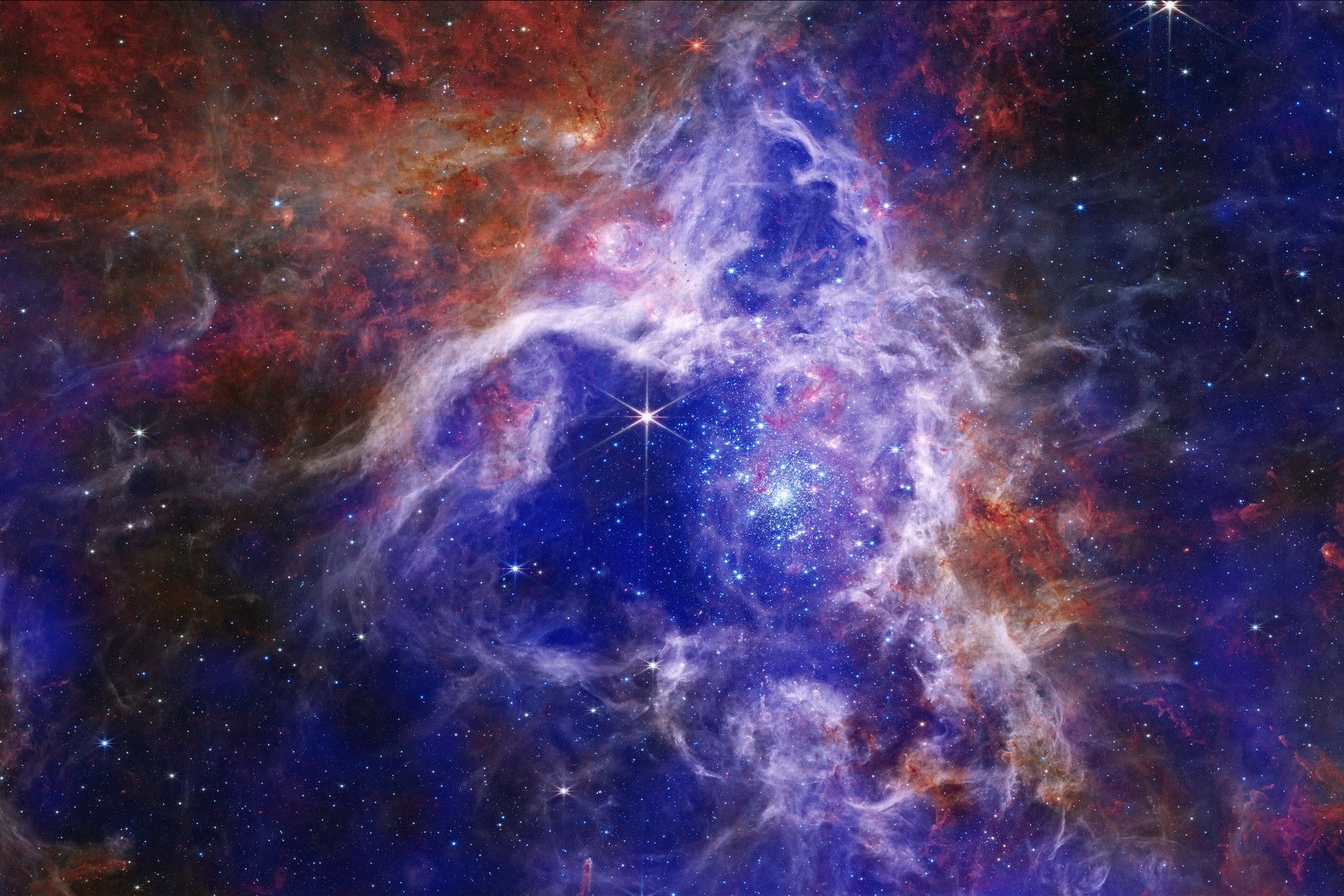
Amazing views of the Universe captured by the James Webb Space Telescope
The James Webb Space Telescope may well be mankind’s greatest feat (so far).
justin-dickey / Unsplash
FAQ
Q: When is the next total solar eclipse in the US?
The next total solar eclipse you’ll be able to see without leaving North America will take place on August 23, 2044.
Q: How rare are total solar eclipses in North America
Although we only just had another major total eclipse cross North America in 2017, it’s actually a very rare occurance, with the 2017 eclipse and the 2024 eclipse representing the largest eclipses on the continent in modern times.
Q: What makes a total solar eclipse different from other eclipses?
A total solar eclipse sees the Moon completely block out the Sun, leaving only the edge of the Sun’s corona visible. This happens even though the sun is 400 times larger than the Moon, because the sun is also 400 times further away from Earth than the Moon is. The other common varieties of eclipses include a partial solar eclipse, where the Moon blocks out only a portion of the Sun, and annular solar eclipses, which occur when the moon is further away from Earth and can’t obscure the entirety of the Sun.


